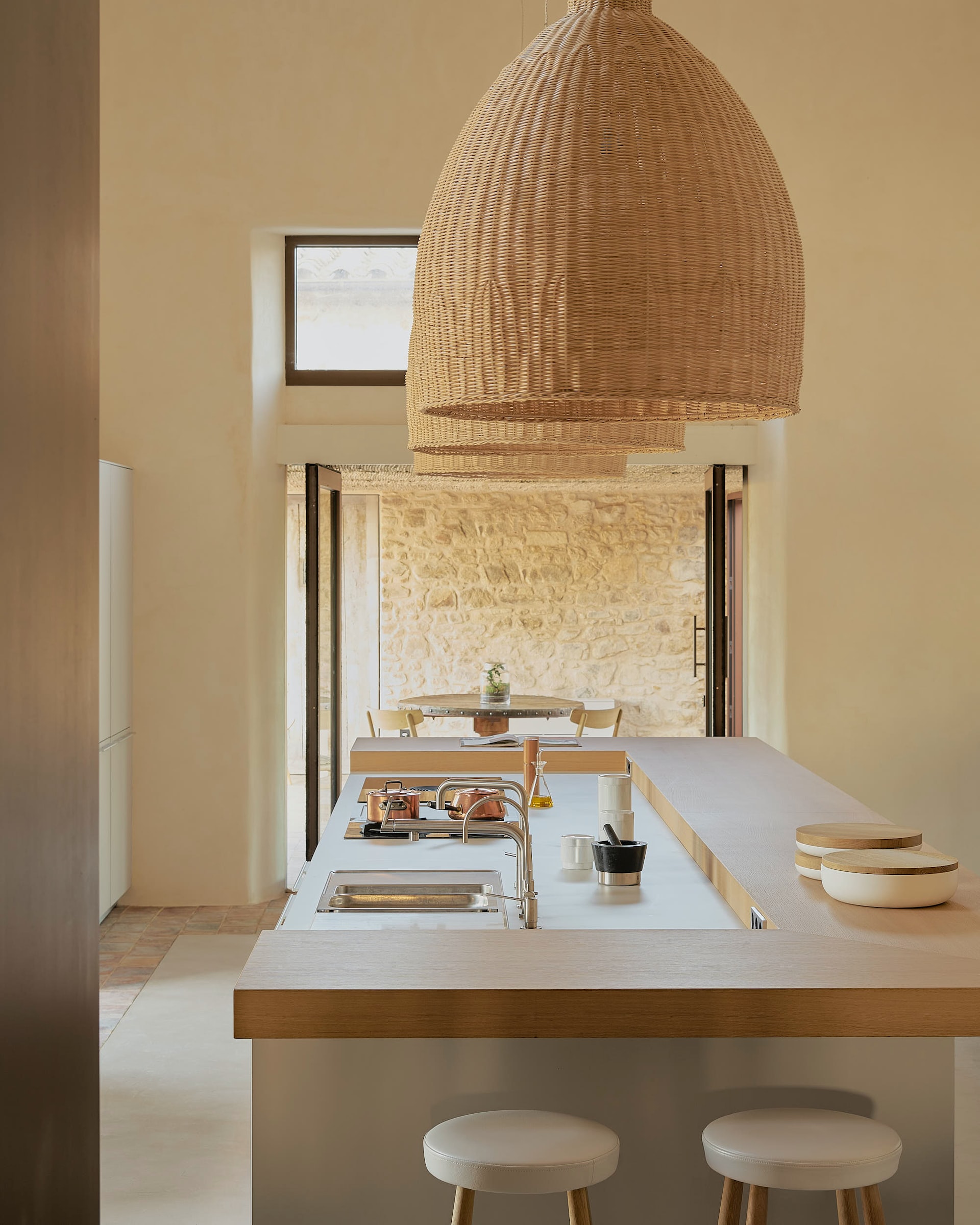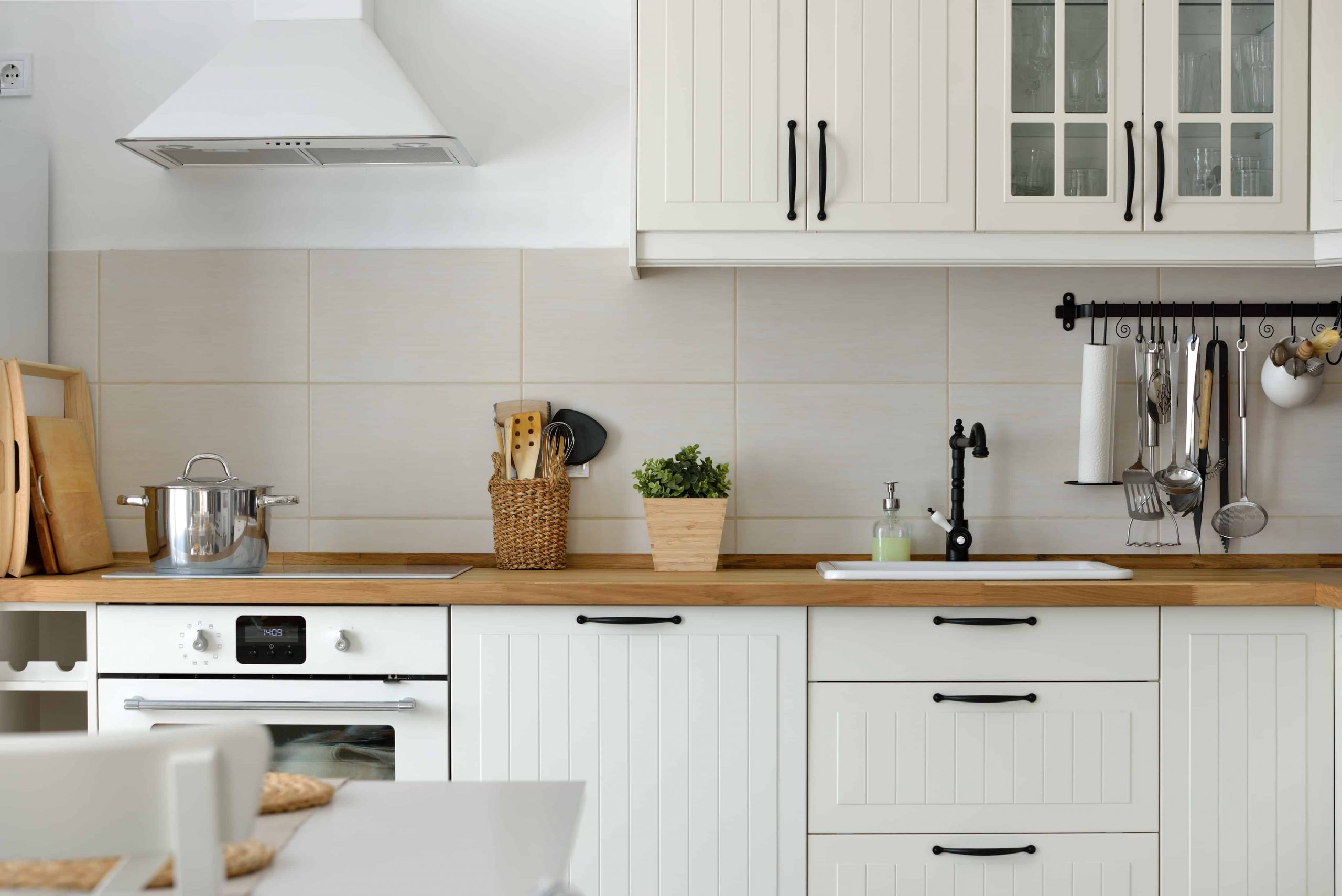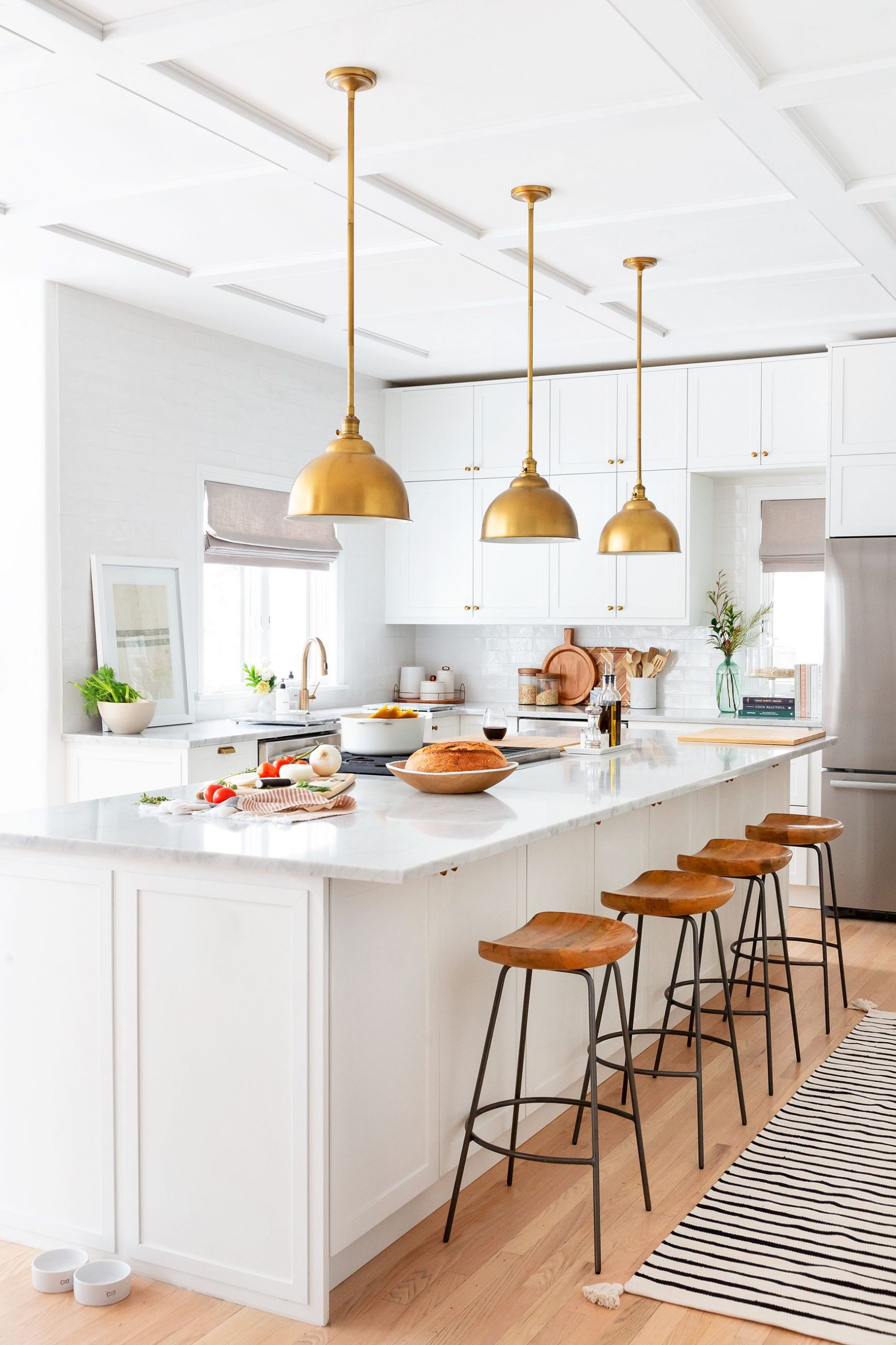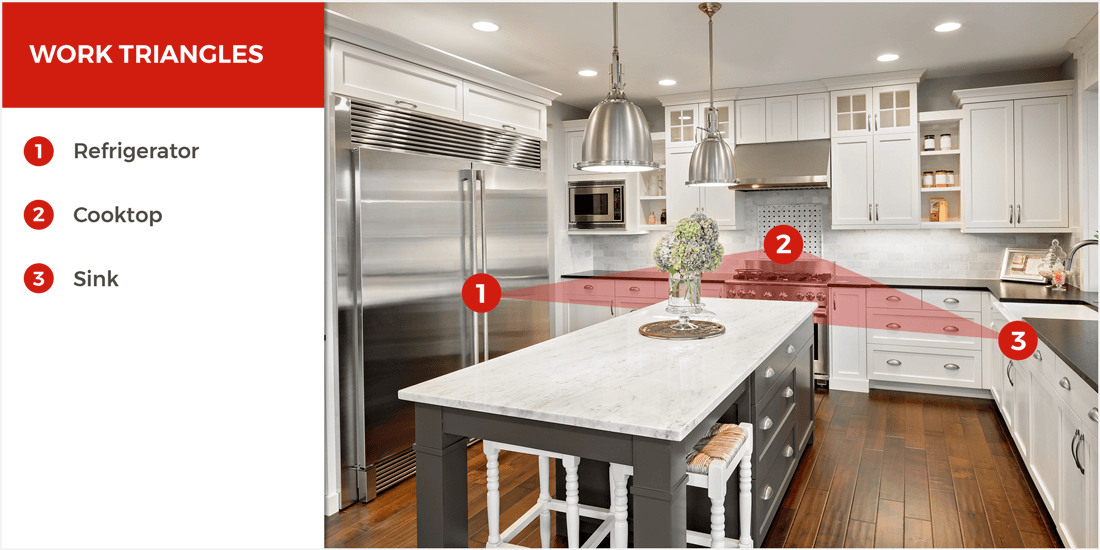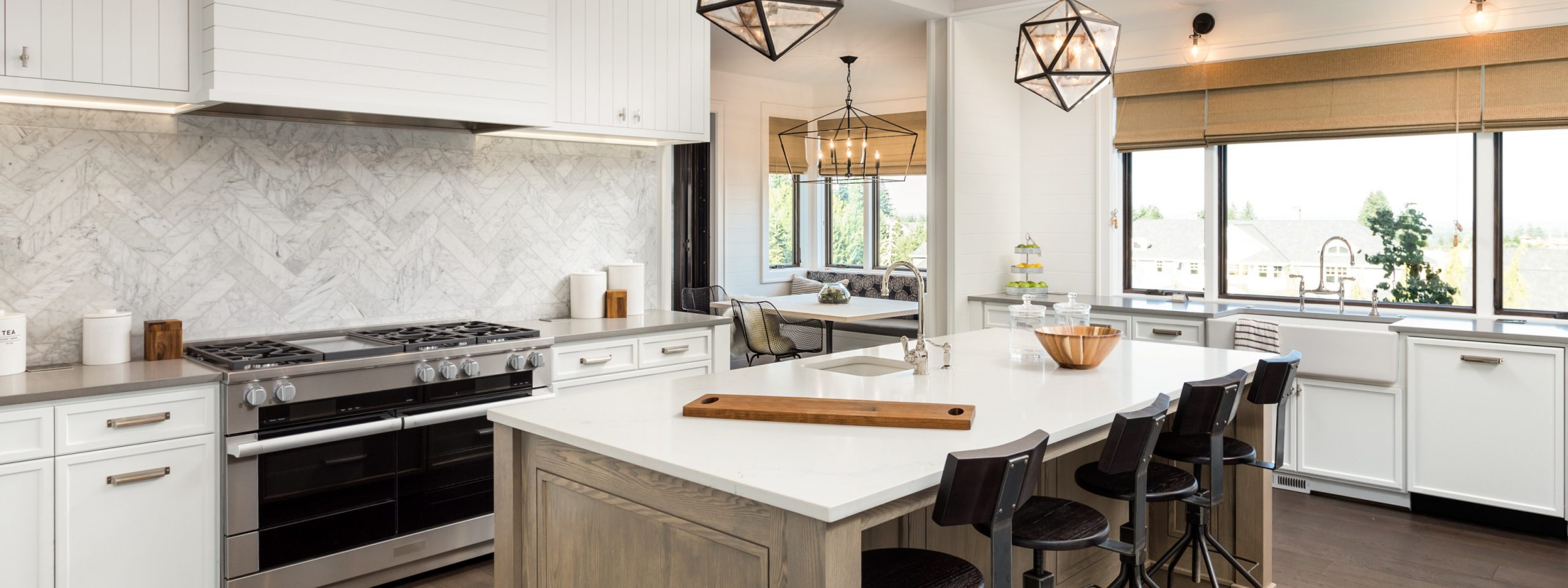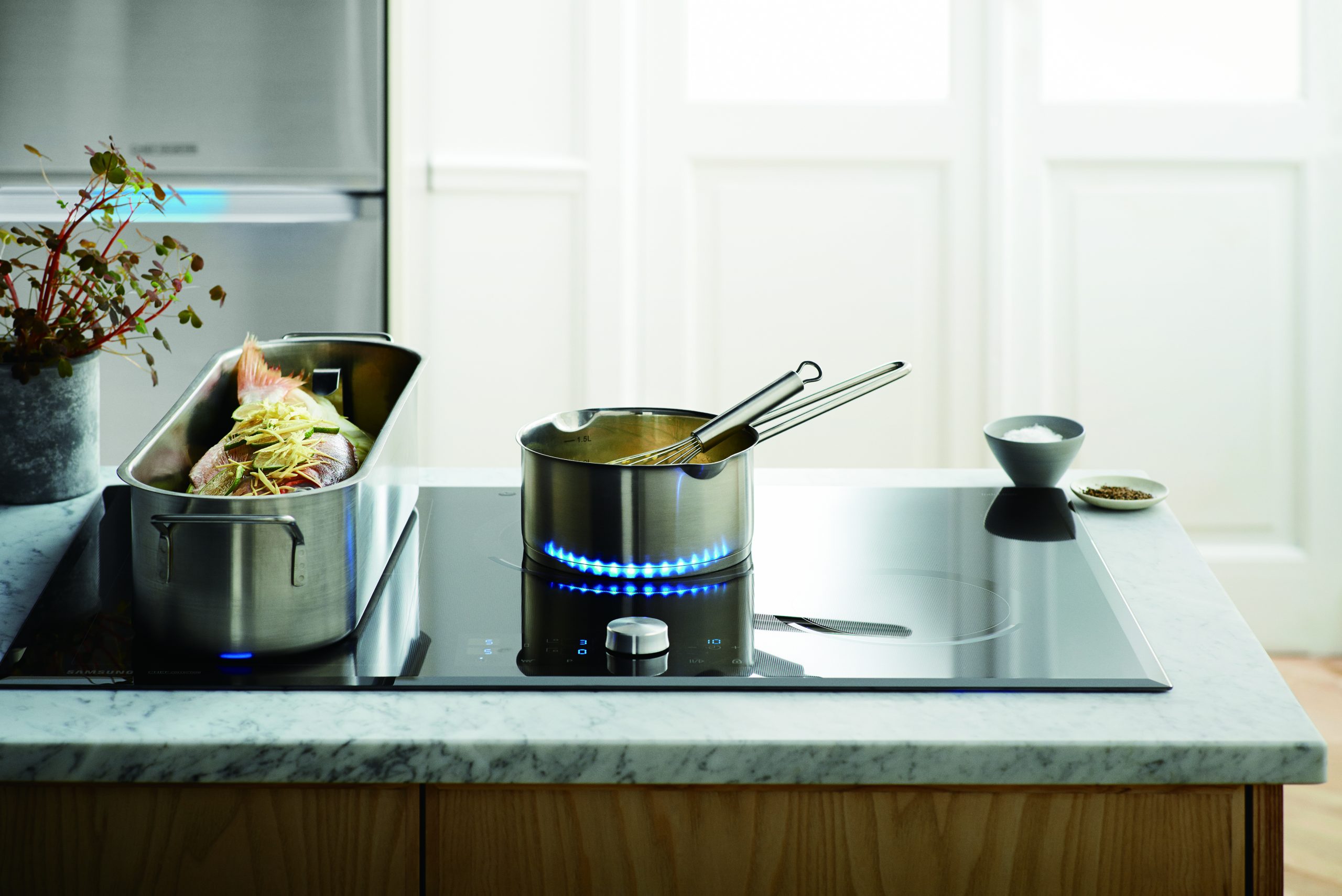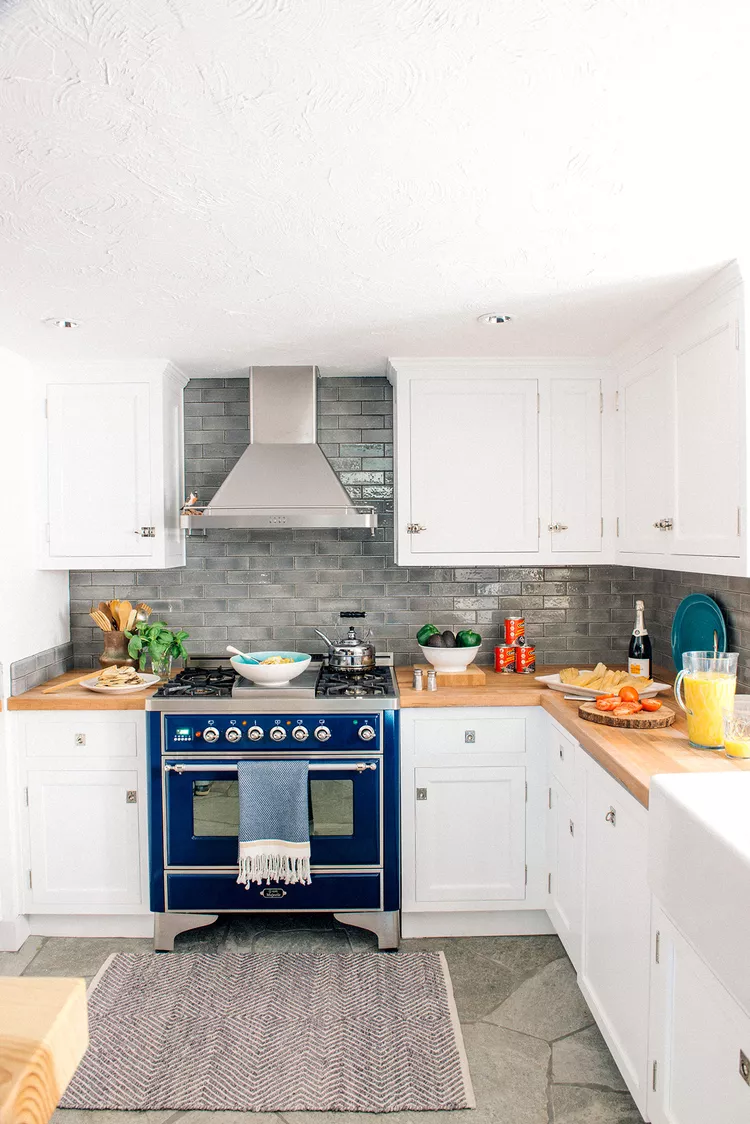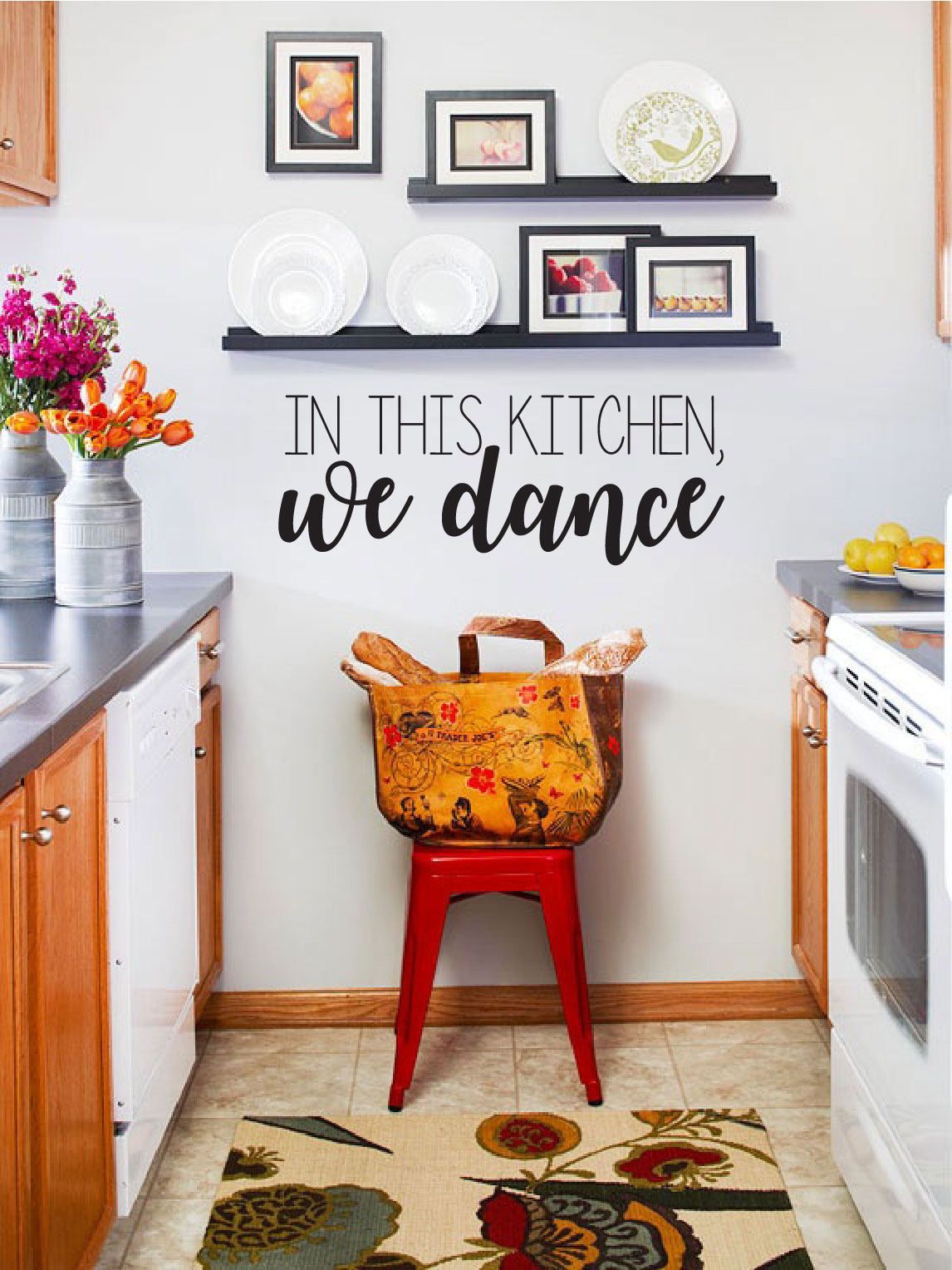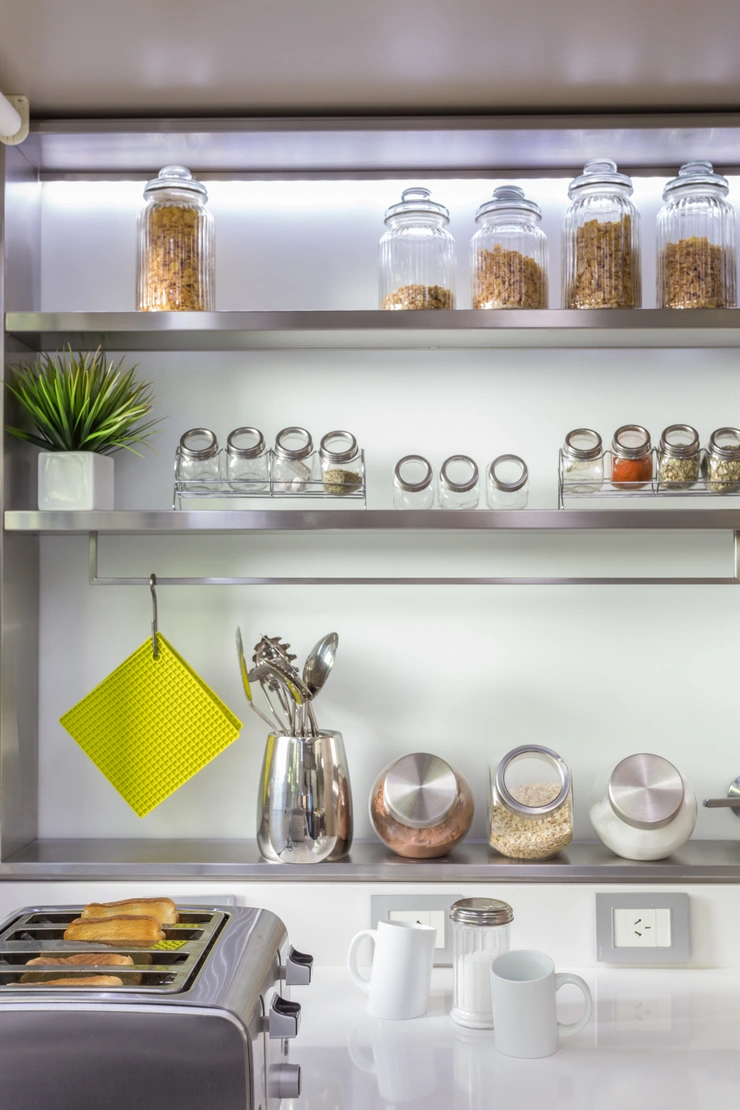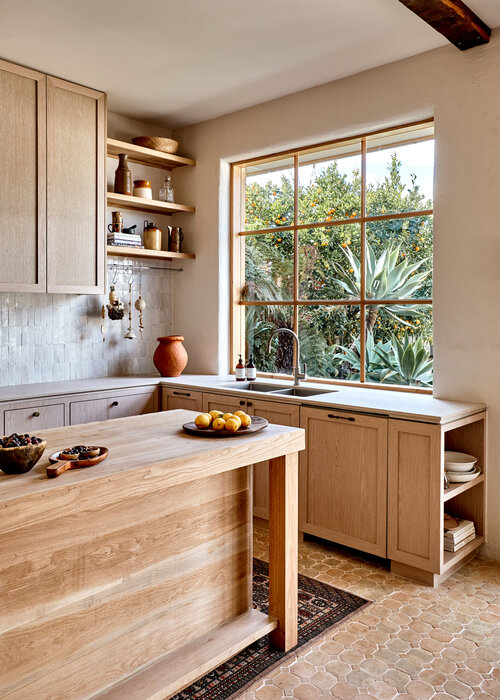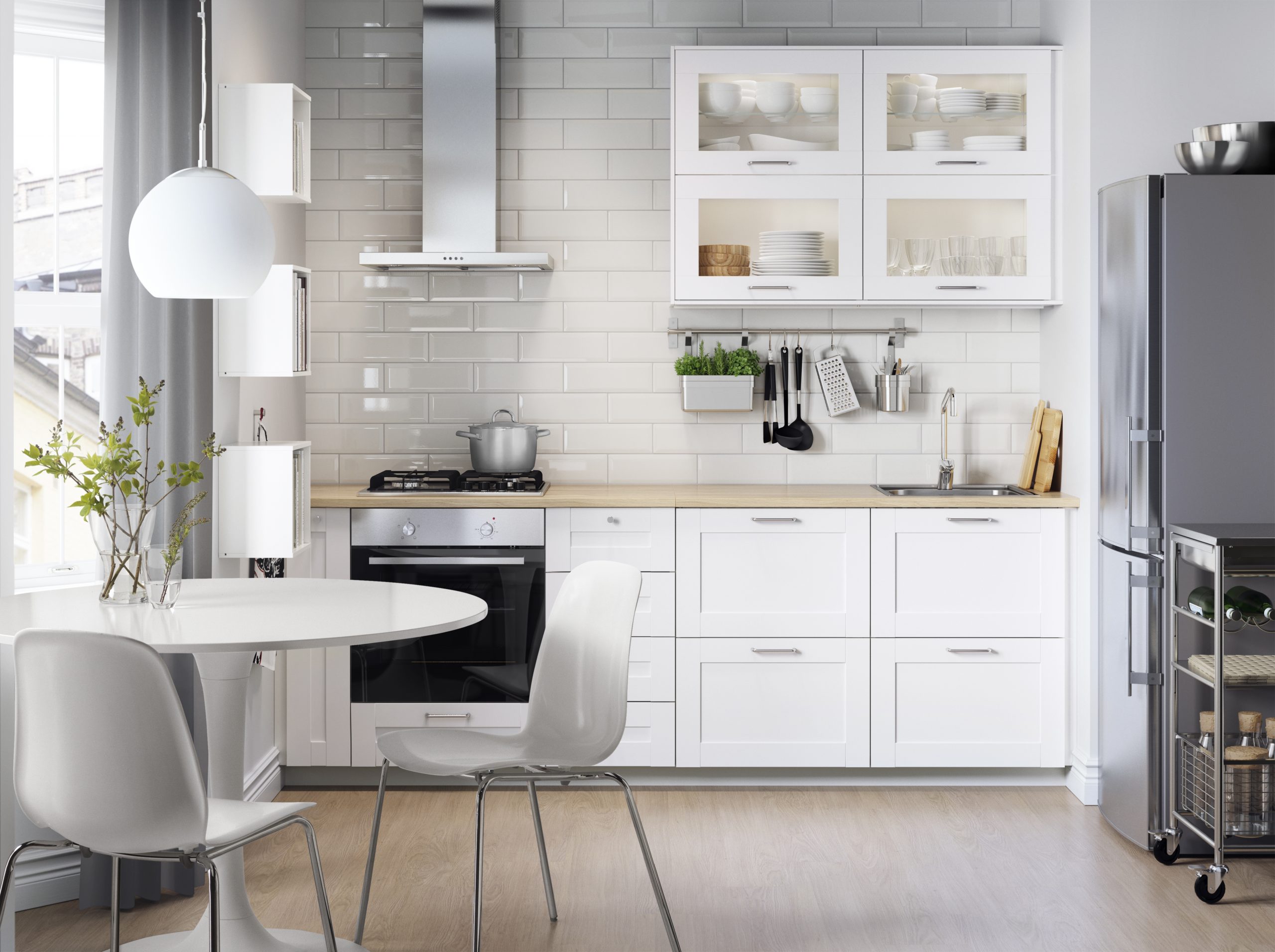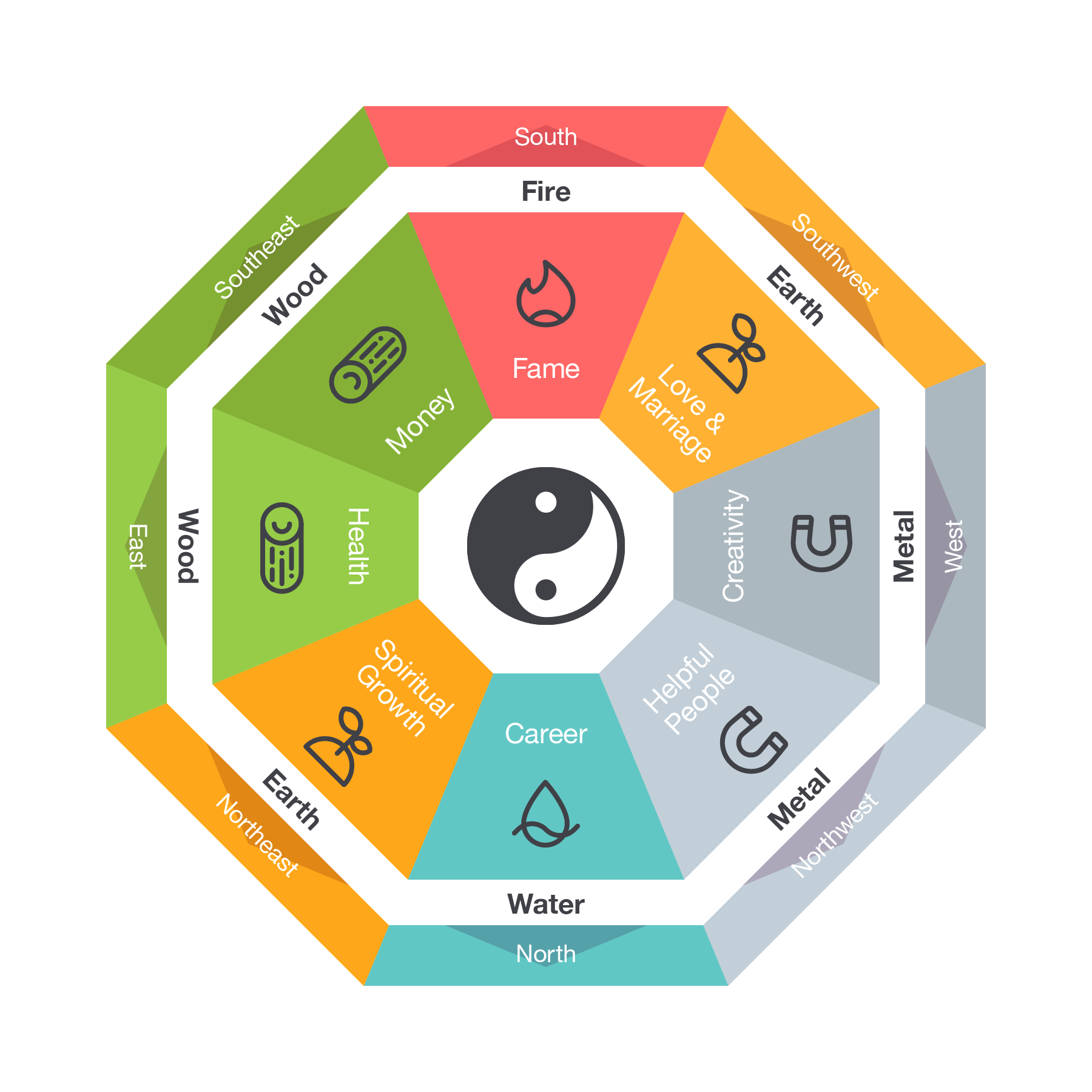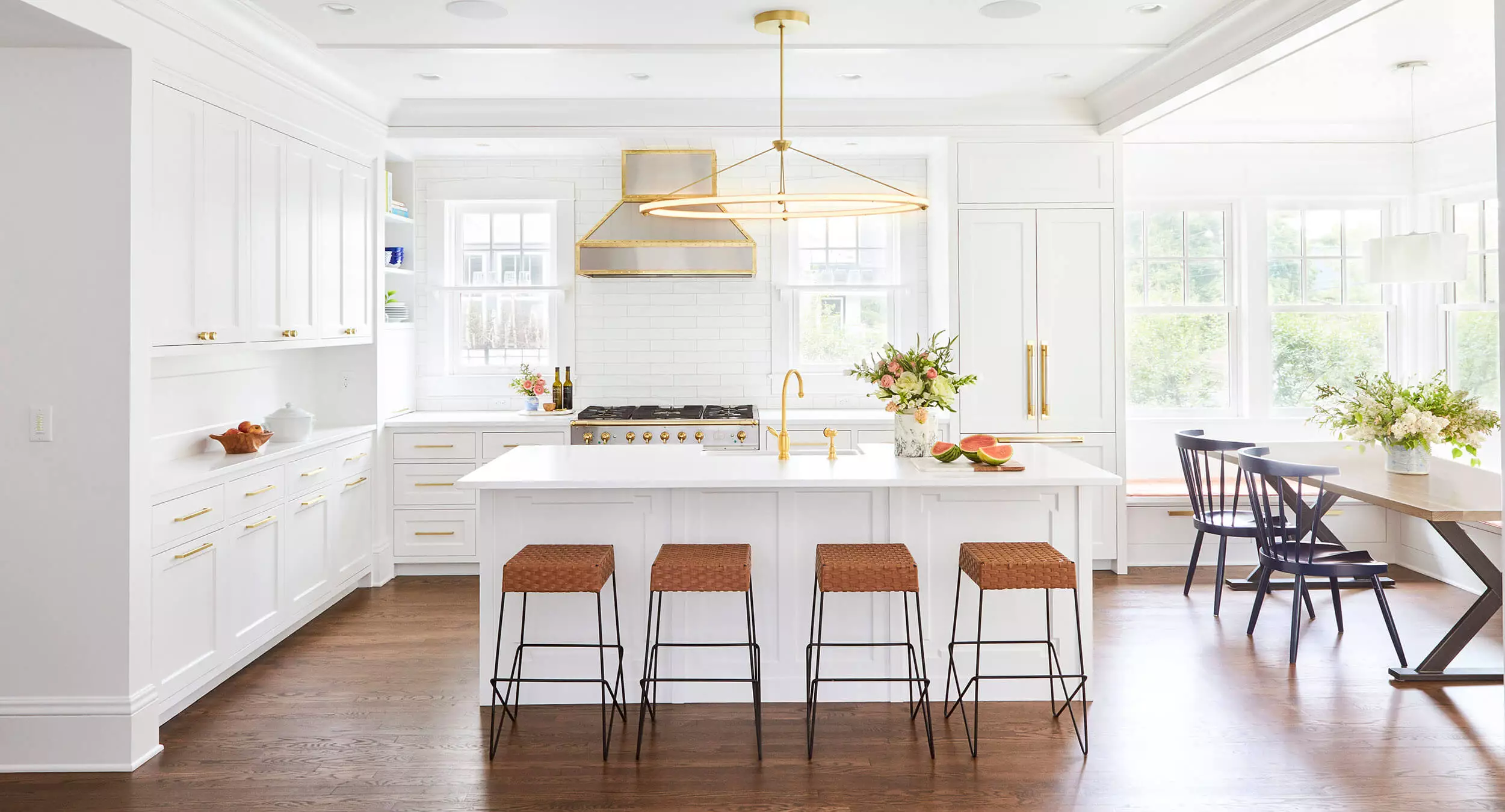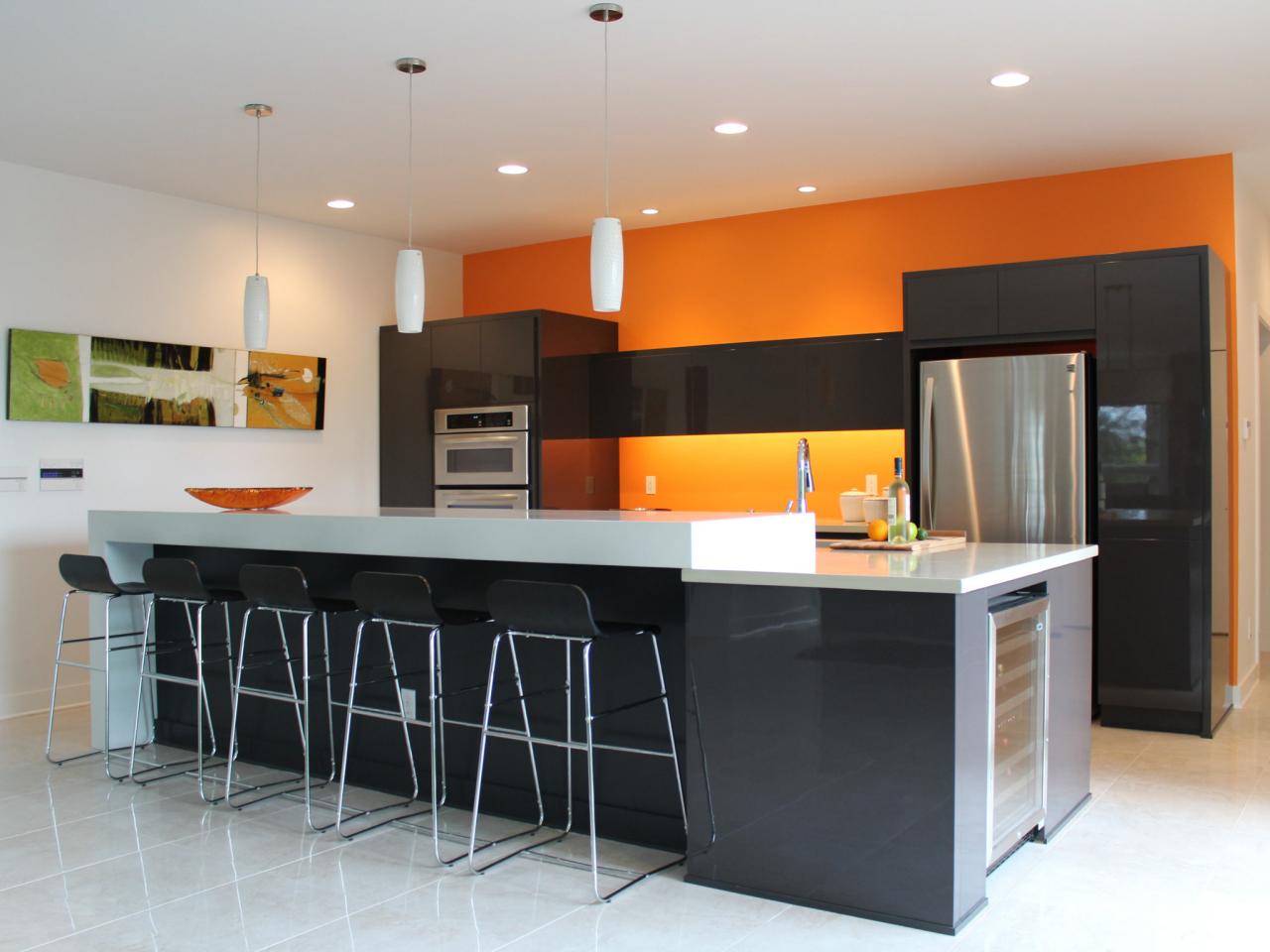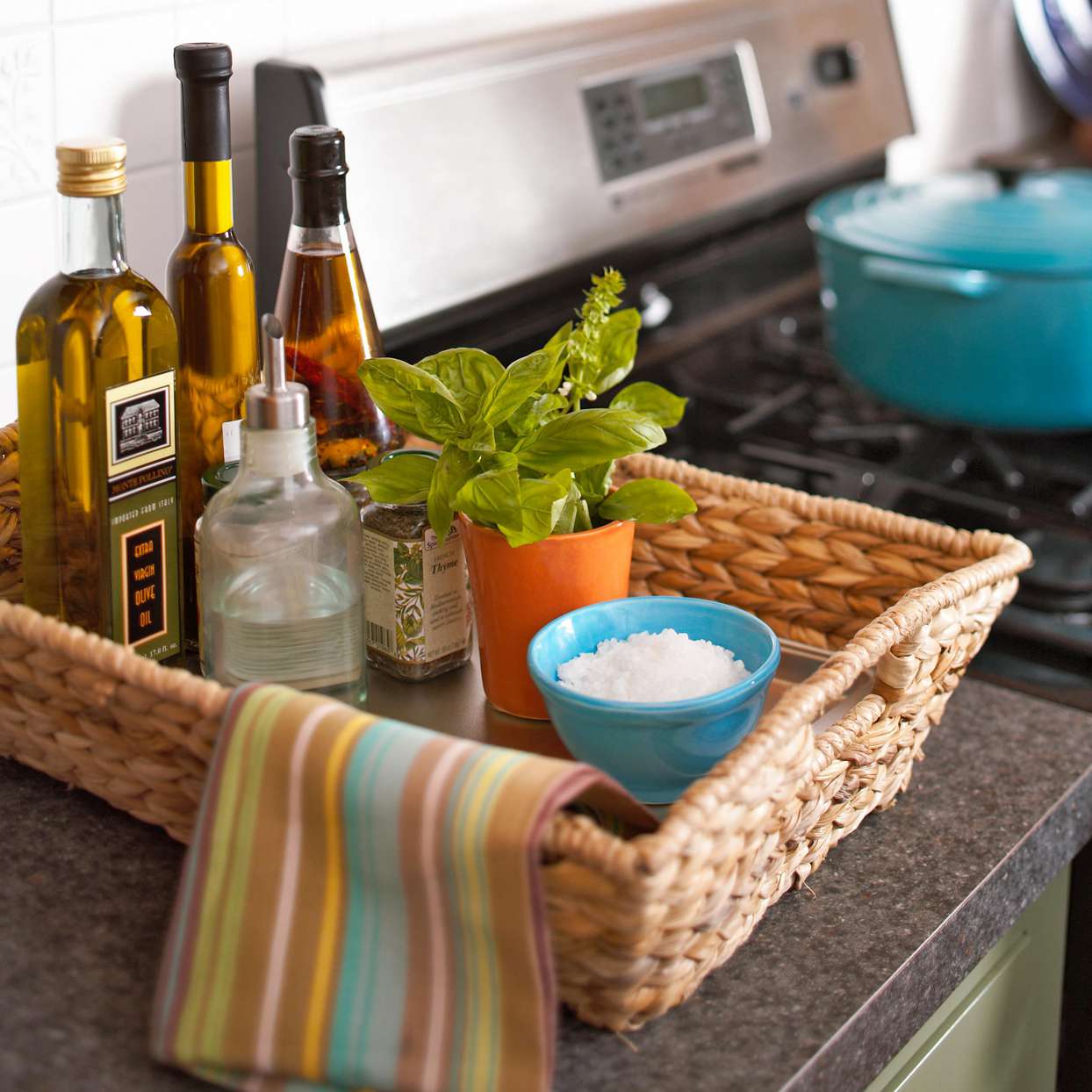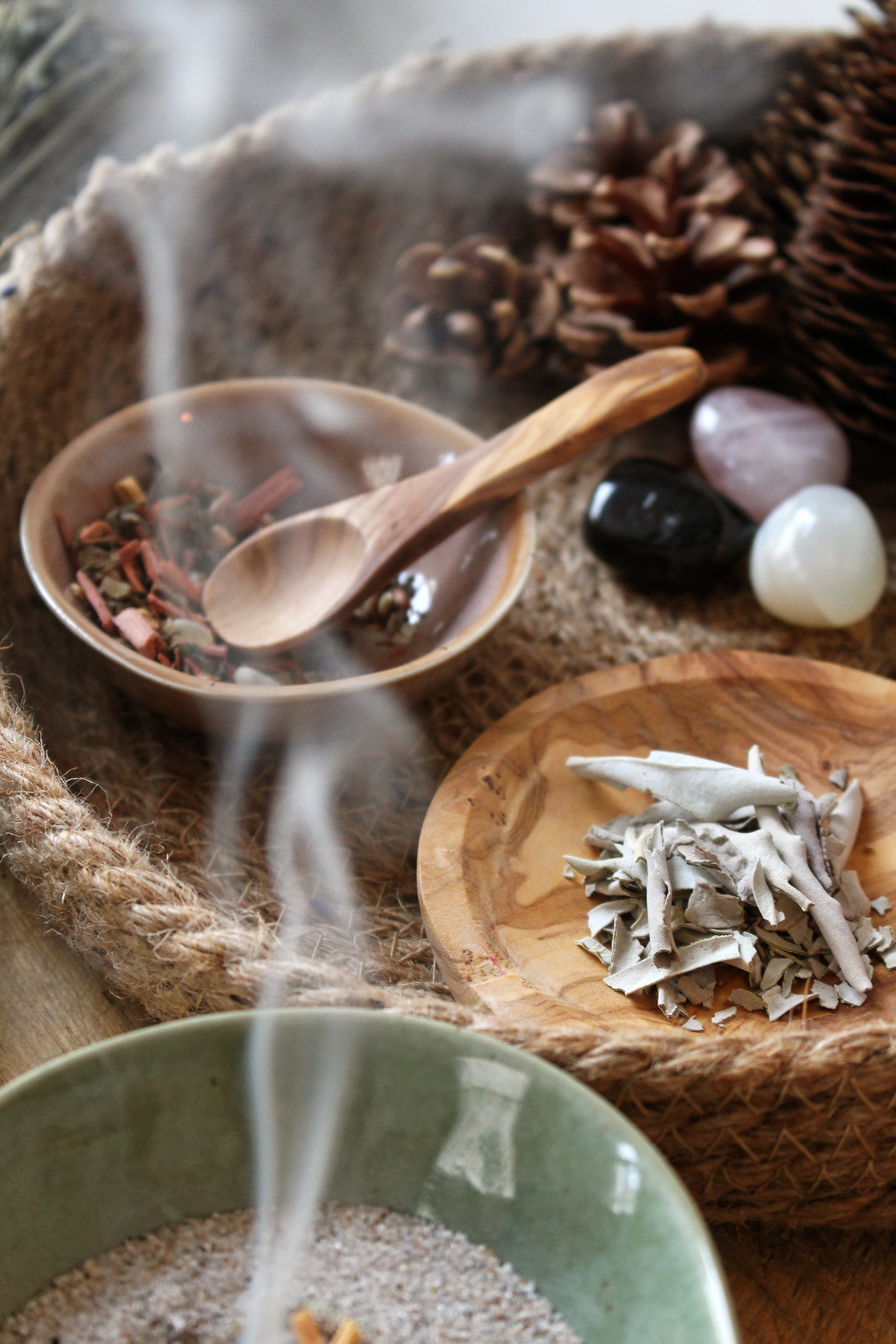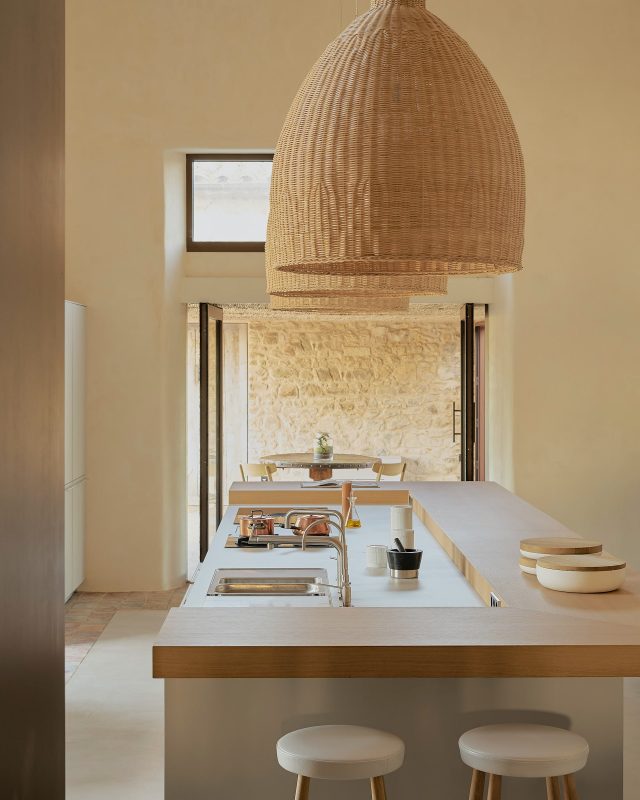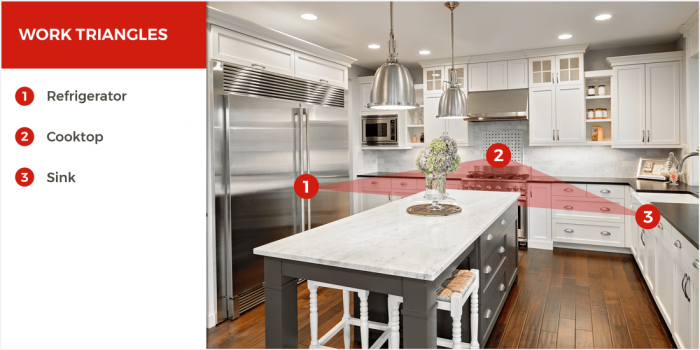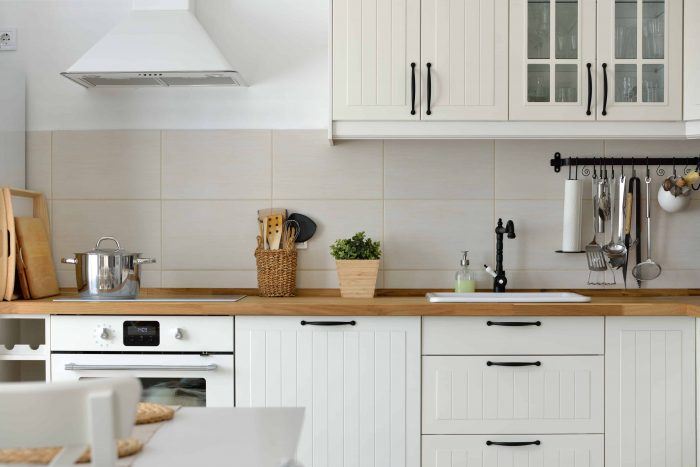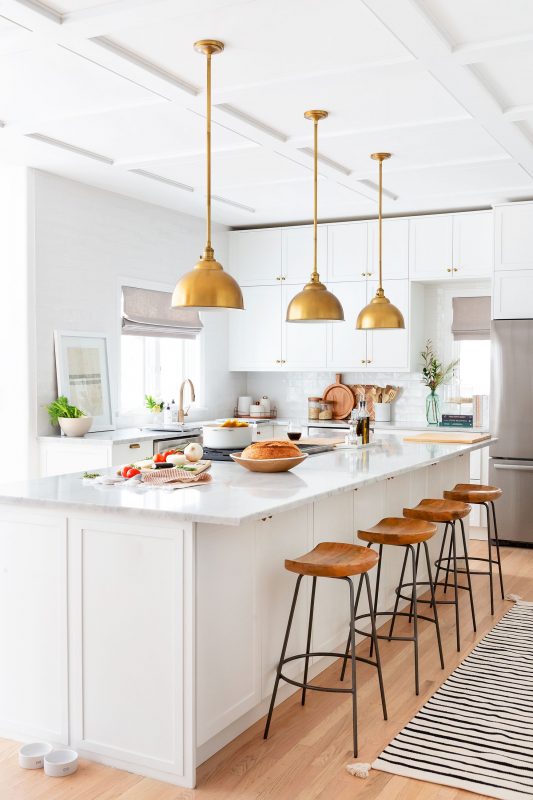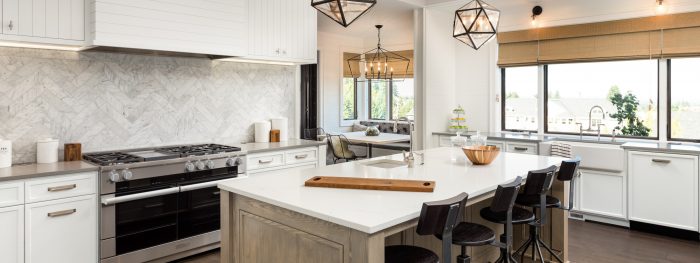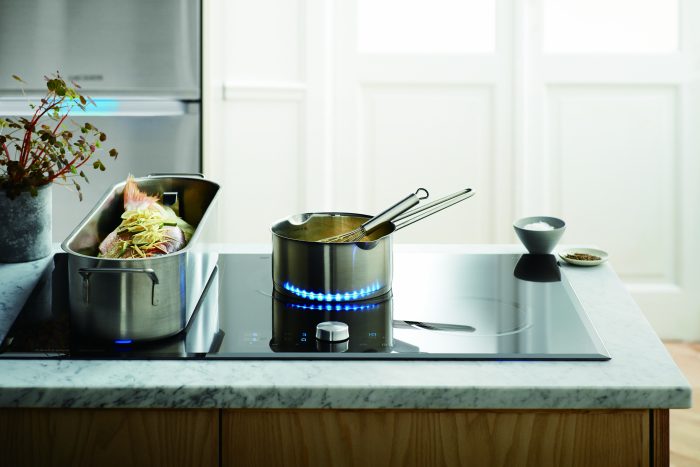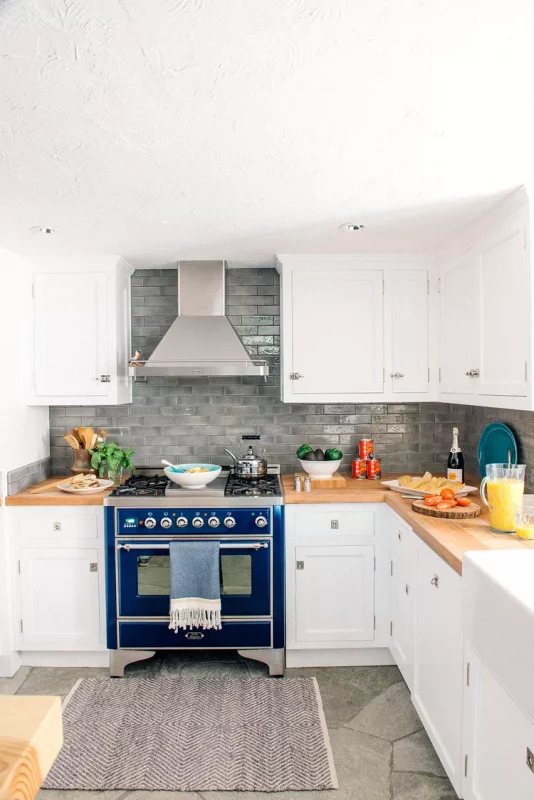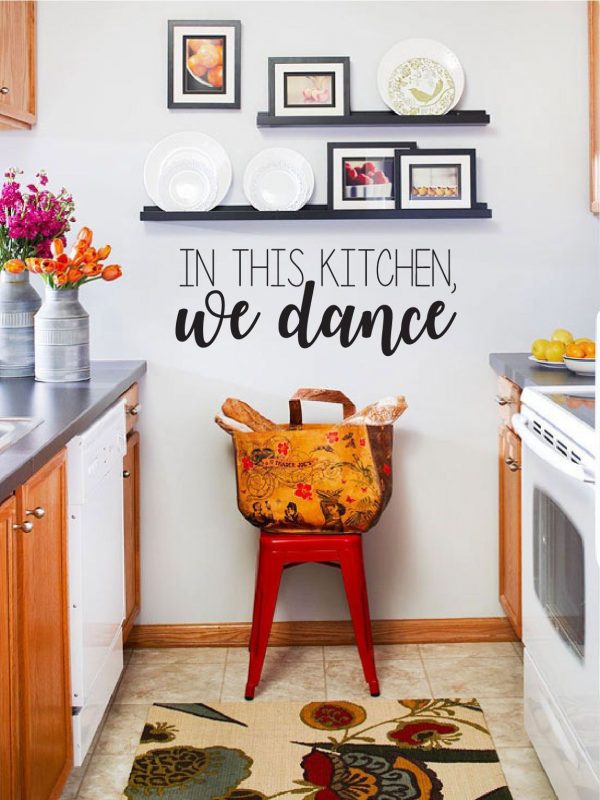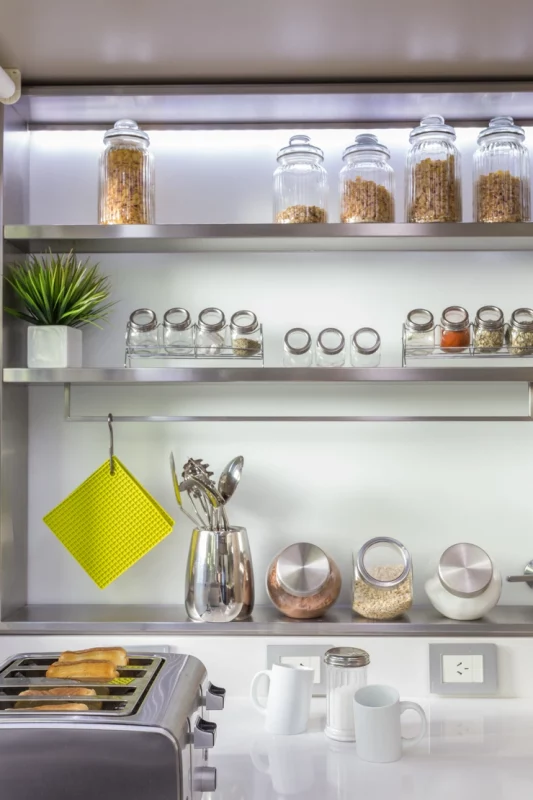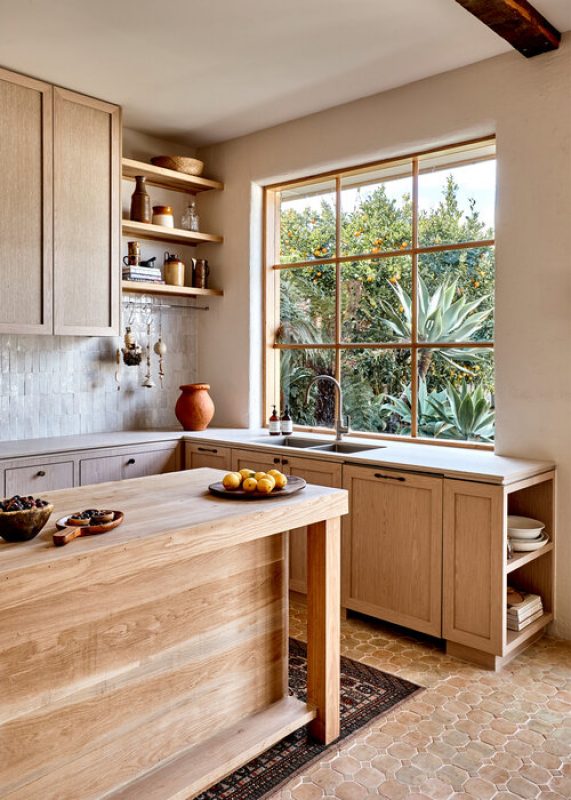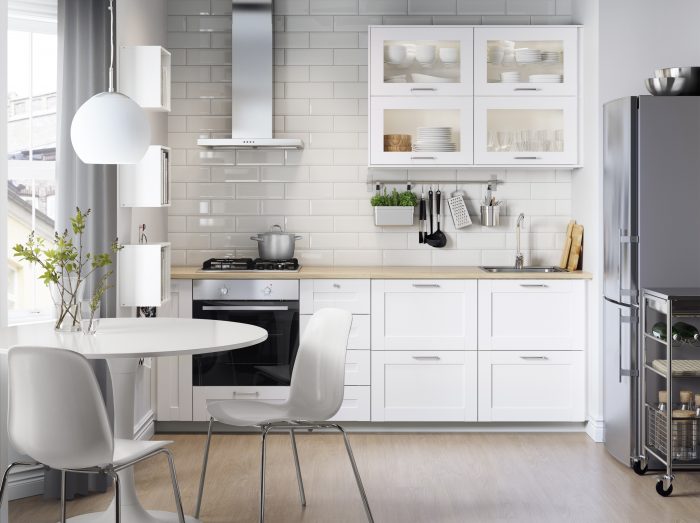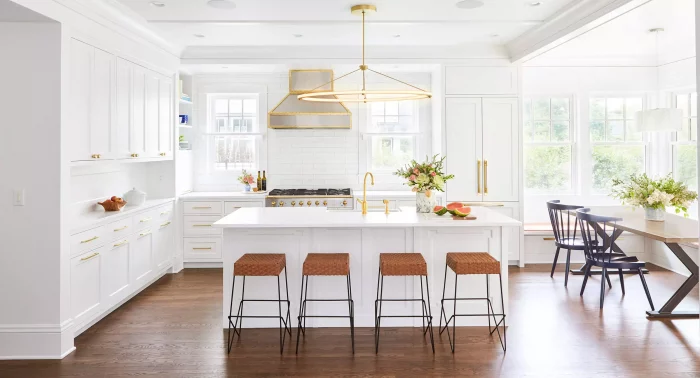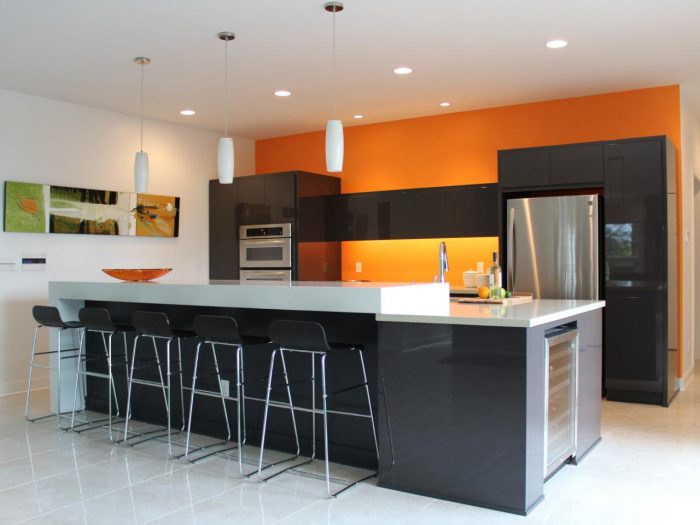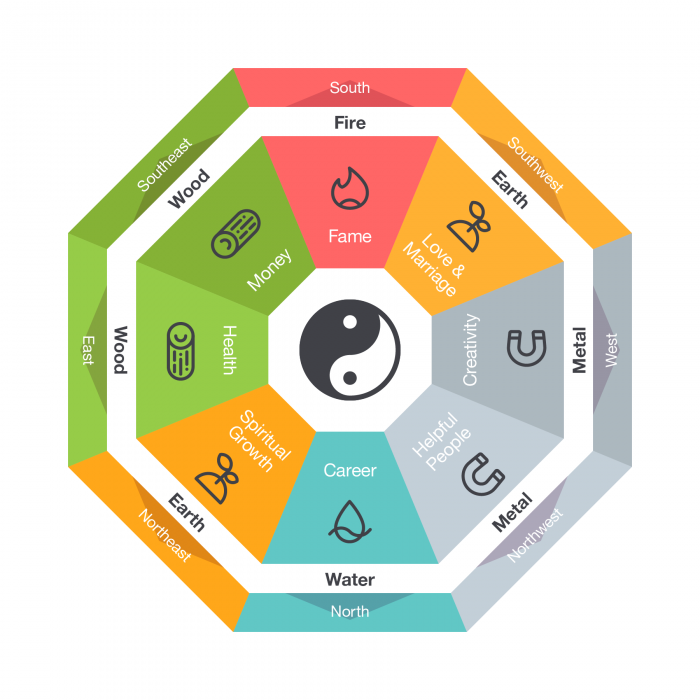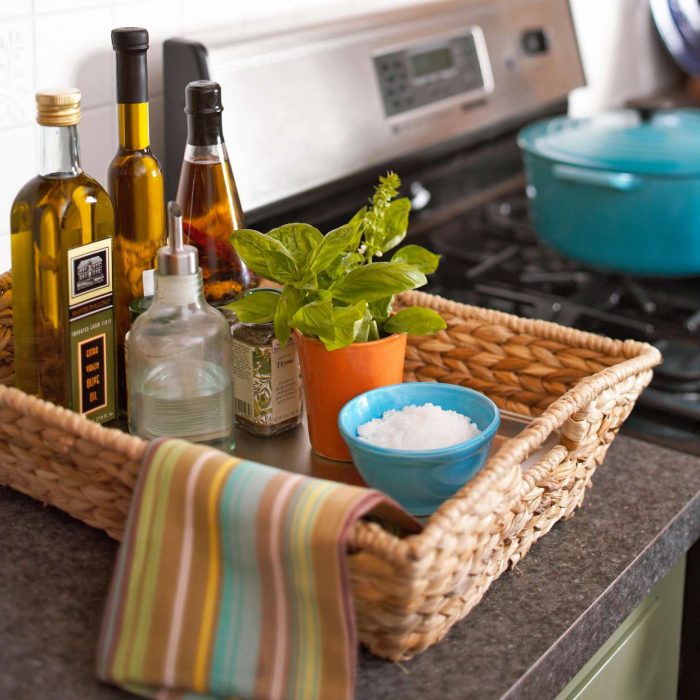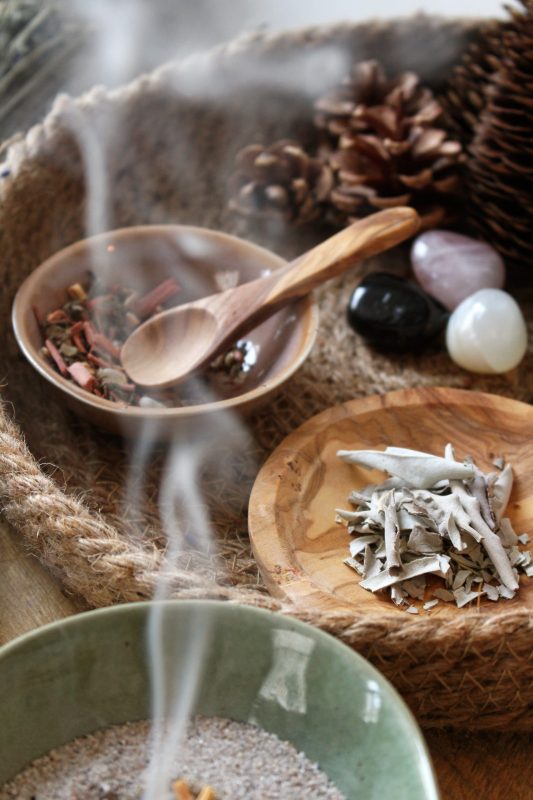Let’s be honest; life is better when our kitchen’s energy is harmonious and flows freely. This is where a feng shui kitchen comes in handy, creating a tranquil and soothing cooking environment.
Kitchen Interior experts believe that by incorporating feng shui principles into modern design practices, it is possible to create spaces that are not only staggeringly stunning but also thoughtful of the user’s needs, goals, and emotions in the environment, and that’s what we predicted a few weeks ago in our kitchen trends expectations.
In this article, you’ll learn the fundamentals of a Feng Shui kitchen and get expert advice on making your kitchen more harmonious with the principles of this iconic flair.
What does Feng Shui mean?
As with many questions of cultural and historical significance, defining Feng Shui may be challenging. For the average person, the principle refers to the idea that a room’s energetic configuration can significantly impact its occupants’ welfare.
Although Feng Shui has been around for thousands of years, it has only gained a following in the Western world of interior design styles; as such, it is something we should consider when selecting which kitchen design ideas are ideal for our homes.
From the conventional triangle rule to the materials used for countertops and cabinets to the finishing touches, let’s look at how to implement the feng shui kitchen guidelines for a healthy cooking and gathering environment, no matter how prominent or tiny your kitchen may be.
Feng Shui Kitchen Tips
1) Adhere to the Kitchen Triangle Guidelines
The three significant appliances in any kitchen—the sink, refrigerator, and stove form a triangle that is the foundation of any well-designed kitchen. Space each appliance no closer than six to eight feet apart for optimal efficiency and to cut down on unnecessary motion.
2) Purge the Mess
A clean and well-organized kitchen is a given in the practice of feng shui. Kitchen cupboards and drawers should be used only to store food, cooking utensils, and other necessities.
It’s not enough to remove everything from your counters; you should also look inside your cabinets and drawers. To implement this feng shui tip practically, you should count the number of people who regularly use your apartment or house and use the resulting number to determine how many plates, bowls, and glasses you need.
3) Think About Adequate Lighting
In Feng Shui kitchens, light is Yang energy, and darkness is Yin energy. Appropriate lighting is essential to bring warm feelings to your kitchen, tiny ones. Try varying illumination settings and minimize fluorescent lamps. Be present with this slight change and feel the energy each one gives. A mirror is another option for your cramped kitchen to accomplish the look of a larger space and let in additional light.
4) Position the Kitchen in the Rear of the Home
With the kitchen so close to the front door, visitors may quickly drop by for a meal and then head out again. Guests will be more likely to wander around your home and spend more time there if the kitchen is towards the back.
5) The Stoove’s Location
The stove’s dominant position is a crucial factor to think about when considering a Feng Shui kitchen. One of the perks of being the boss is seeing the door from your stove, even if you aren’t directly across from it. You may therefore anticipate and prepare for any potential folks, energies, or possibilities that may enter your path in your cook place.
6) Thorough Cleaning
Whether you follow it or not, this tip is likely familiar! Imagine opening a clean, organized fridge to one full of expired food. When possible, compost or recycle expired items and use non-toxic cleansers to remove dust and dirt. As we said before, your stove symbolizes your success in life and the resources at your disposal. Therefore, it’s crucial to maintain it clean, as wiping down your stove daily prevents sluggish energy from accumulating.
7) Incorporate Artwork
Implementing art is another simple method to use Feng Shui kitchen concepts. Be selective about kitchen art, whether naturalistic, imaginative, whimsical or a mix. What really matters is picking art that matches your kitchen and you.
8) Put Money Into Metal Elements
Metal backsplash concepts best represent how Feng Shui kitchen concepts and interior design have been integrated. According to Feng Shui principles, metal increases serenity, clarity, and productivity.
9) Employ Wood to Attract Affluence
Wood is supposed to provide affluence, reinforce family interactions, and ground you and your companions in Feng Shui. Kitchens with wood cabinets are nothing new in the world of interior design; they have long been favored for their classic good looks and the fact that wood improves with age.
10) Choose a Suitable Décor
There are a plethora of ways to give depth while also applying the principles of the Feng Shui Kitchen. For instance, you could use greenery to symbolize prosperity; granite or marble countertops to embrace earth components; bright metallic surfaces and white, grey, and gold hues to represent the metal element; golden or silver lighting to signify the metal element; raw woods, butcher block countertops, to represent the timber characteristic; and so on.
Feng Shui Color Tips
There isn’t a set of colors that automatically works in a Feng Shui kitchen. As a result, it boils down to personal taste. Ideally, you’d want to achieve a balance between something that attracts you and makes you feel at ease while also incorporating the principles of Feng Shui as your main objective. The following are some examples of Feng Shui-friendly color schemes for your Feng Shui kitchen.
-
Examine Hues of Golden or Mellow Yellow
Colors such as subtle gold and yellow encourage conversation and togetherness, making them ideal for a Feng Shui kitchen. We cannot help but feel at ease and filled with peace, warmth, and joy when we hear them.
-
Orange or Red for Vibrancy
Many people equate orange and red with celebration, deliciousness, and a good time with friends and family. However, exposure to large amounts of these hues has been shown to increase appetite to unhealthy levels. So, if you want the most remarkable effects, consider using small dosages of these energizing hues.
-
Additional Hues
To nurture, harmonize, and stabilize, look to earthy tones like brown and yellow. To symbolize expansion, adaptability, and life, wood stain hues like blue and green are preferred—insightful and socially-connected watery hues like black and navy blue. Finally, use colors like white and grey found in metal for cleanliness and contentment.
Feng Shui Cleaning and Storage Tips
Having these elements in your place will significantly improve the Feng Shui of your home. Therefore, you’d always want to:
- Never leave your pantry or drawers open
- Stow your dirty dishes
- Keep your baskets and dustpans in their proper places, and never leave them out.
- Avoid hanging your kitchenware on the oven handles
- Throw out any utensils that are broken or rusty
- Remove all damaged items, including those with dents, bends, or missing pieces.
- Ensure that your Feng Shui kitchen is hygienically sparkling and fully functional.
- Hide all knives and other blades from plain sight, as Feng shui advocates and safety experts agree that it’s best to keep blades out of sight and out of reach.
What are the Feng Shui Eight Life Areas?
One of Feng Shui’s most fundamental necessities is the bagua. Feng shui uses a map of energy called the bagua, which divides a person’s life into eight sectors. Because “ba” means “eight” and “gua” means “symbols,” “bagua” translates to “eight symbols” in Chinese. These Eight Feng Shui life areas include:
- Wealth & Prosperity (Southeast)
- Health & Ancestors (East)
- Knowledge & Self-Cultivation (Northeast)
- Fame & Reputation (South)
- Health & Center (Center)
- Career & Life Path (North)
- Love & Marriage (Southwest)
- Children & Creativity (West)
How to Avoid Bad Energy in the Kitchen?
We experience highs and lows in life, periods of optimism and adversity. It’s inevitable on a day with a lot going on, as we all bring our unique sources of motivation and inspiration to a space. Since everything is energy, the only thing that can change is our vibrational levels.
By thinking of happy ideas, we can change the frequency of our energy field. The same goes for frustrating thoughts; the more we think about it, the more the tendency to spread this negative vibe across a room increases.
Fortunately, there are proven methods for reviving the Qi and flow in a given area. Several of these practices have existed for centuries, if not longer. Here are several tried-and-true methods for purging the kitchen of bad vibes.
1) Gently Light Some Insence
This aromatic smoke has been used for ages as a spiritual and meditative exercise; why not try it in your Feng Shui kitchen? Since it can provide an emotionally uplifting environment, it will ease tension.
2) Mist Your Kitchen with Orange Essential Oil
It’s not just you if the scent of oranges makes you feel positive and joyful. It does more than improve your spirits; it also purges your environment of negative energy. Adding a few drops to a water bowl or spraying on an organic essential oil are two other options.
3) Grease the Kitchen With Sage
Lighting sage and blowing out the flame is a familiar Native American method for expelling negative energies. Many mental health professionals advise beginning at the Feng Shui kitchen’s entrance and moving clockwise to dispel any lingering energy.
4) Use Crystals to Ward off Unwanted Energies
Maintaining a happy vibe in your Feng Shui kitchen is essential. Some crystals, especially those connected to the Earth element, exude a calming, stabilizing vibe. Displaying these crystals in the kitchen is a great way to bring sustenance, stability, life, and grounding into the space. Experts in mental health advise having them constantly close to technological devices.
Conclusion:
To sum up, your kitchen is arguably the most functional room in the house. For this reason, it’s essential to make your kitchen a place of comfort, relaxation, and aesthetic appeal by employing the principles of Feng Shui. You can apply any one of hundreds of Feng Shui guidelines to your kitchen.
The majority of these proposals are simple to implement. All challenges start with a few roadblocks, and you soon realize that you might have started it earlier. What’s keeping you from embracing a Feng Shui kitchen, then?
